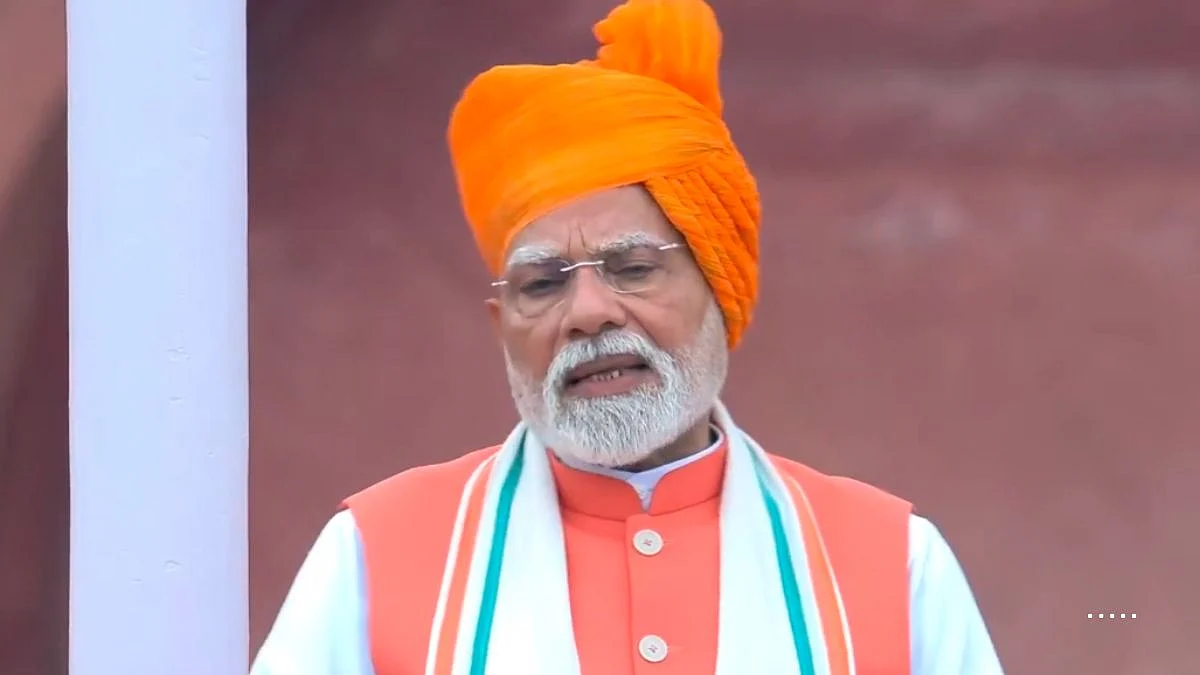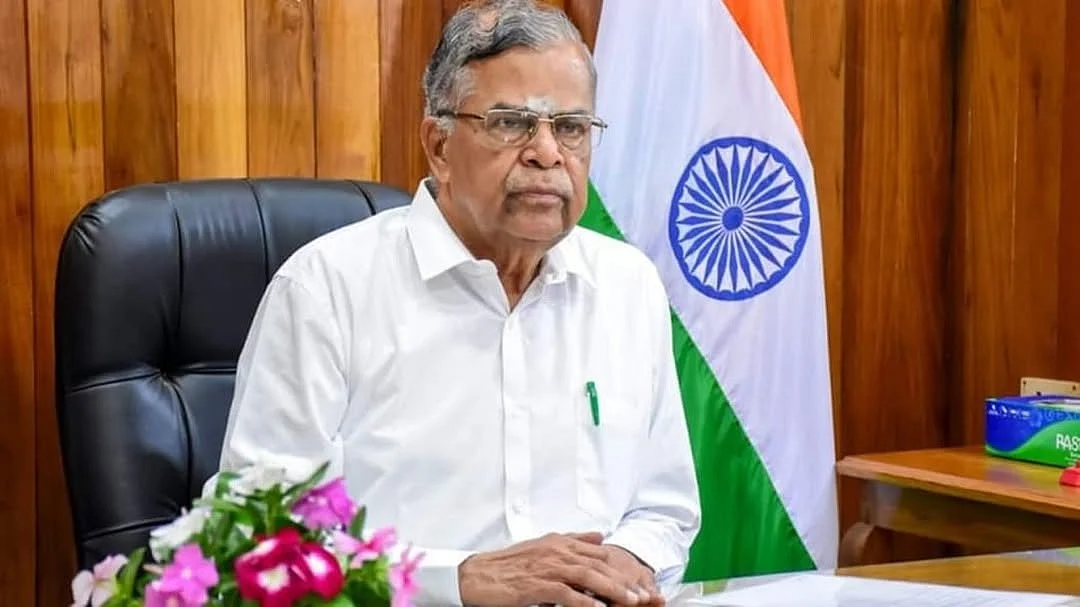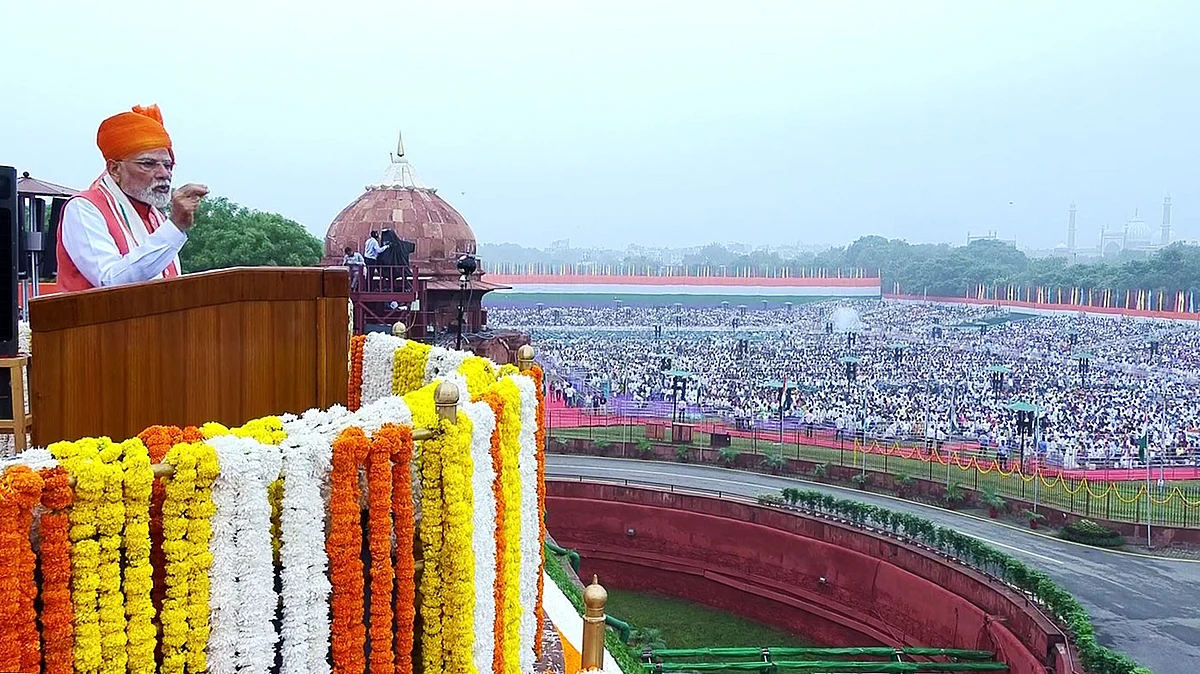New Delhi: Prime Minister Narendra Modi on Friday announced the launch of Mission Sudarshan Chakra, an indigenous air defence system aimed at protecting India’s key military and civilian installations from enemy threats. The announcement came during his Independence Day address from the Red Fort, against the backdrop of rising security concerns from Pakistan and China.
The prime minister said the project would deliver a decisive response to any hostile action linking its name to Lord Krishana’s mythical weapon, the Sudarshan Chakra, as a symbol of action protection and precision. Modi also called for reducing India’s dependence on foreign technologies, urging innovators and youth to develop jet engines domestically for future fighter aircraft.
Inspired By Iron Dome, Rooted In India
Though Modi did not share operational details, experts suggest the Sudarshan Chakra coils be similar to Israel’s Iron Dome, a multi-layered missile defence system, but tailored for Indian needs. The system is expected to integrate advanced surveillance, cyber protection, and physical safeguards, offering not just a shield but also precision counterstrike capabilities.
The announcement comes days after Pakistan Army chief Field Marshal Asim Munir reportedly hinted at targeting Indian assets, including the Reliance refinery in Jamnagar, during any future conflict. In such a climate, a robust, home-grown defence shield signals India’s intent to deter threats before they can cause damage
Operation Sindoor: A Test Of Capability
Modi highlighted Operation Sindoor, launched after the April 22 Pahalgam terror attack, as proof of India’s growing self-reliance in defence. During the operation, Pakistan attempted for nearly 100 hours from May 7 to destroy Indian bases, down fighter jets, and strike cities. India’s Integrated Air Command and Control System (IACCS), which unites the Army, Navy, and Air Force’s defence networks, successfully neutralised incoming threats.
Pakistan’s failure to break through showed the value of coordination, technology, and readiness. Sudarshan Chakra aims to take this capability further, adding anti-cyber warfare measures to combat digital threats such as hacking and phishing.
Jet Engine Push Amid Delays
Modi’s push for indigenous jet engines comes as a deal between Hindustan Aeronautics Limited (HAL) and US firm GE Aerospace faces delays. GE has missed supply deadlines for engines powering India’s Tejas combat jets, slowing HAL’s deliveries to the Air Force. India’s own Kaveri engine project, launched in 1989 for the Light Combat Aircraft programme, remains incomplete despite an investment of Rs 2,035 crore.

By calling for a domestic solution, Modu signalled that key defence technologies must be researched, developed, and manufactured entirely within India by 2035, an ambitious yet necessary step for strategic autonomy.
A Shield And A Statement
Sudarshan Chakra will involve collaboration between defence research agencies, the armed forces, and private innovators. It will be more than a missile shield; it will be a multi-domain protection system aligning with the government’s Aatmanirbhar Bharat vision.
If successful, Sudarshan Chakra will not just be a military asset but also a message that India intends to meet any threat with speed, precision, and independence. In a region where security dynamics shift quickly, this could be the difference between reacting to an attack and ensuring it never happens.








